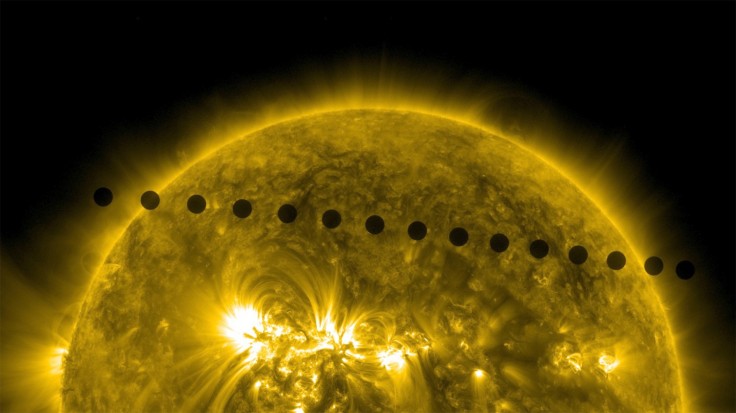
Humanity will soon celebrate the anniversary of a celestial event that would never happen again in the lifetimes of anyone currently alive this day.
The world will soon observe the 10-year anniversary of the planet Venus transiting or crossing the sun on the evening of June 5, marking the first decade of a long wait until Venus crosses the sun again in the future.
Due to the International Date Line, some counties saw the celestial event on June 6, 2012.
Regardless of when the event was viewed, experts believe that Venus will cross the sun again in 2117. 95 years from now.
2012 Venus Sun Crossing Details
The transit of Venus across the sun is one of the rarest celestial events seen from Earth that wowed both scientists and amateur observers when it happened, according to Space.com.
Humanity has only witnessed seven Venus crossings since the independent inventions of the telescope by spectacle makers Hans Lippershey & Zacharias Jannsan and Jacob Metius in 1608, per the Library of Congress.
NASA mentioned that the event usually came in pairs separated by more than a hundred years, with June 5, 2012's transit being the second and last of a 2004-2012 pair. It was watched on all the world's continents, with people in a small part Antertica being the only ones able to see the event.
The space agency added that Venus' crossing of the sun, which lasted nearly seven hours, began on June 5, 2012 at 3:09 PM Pacific Daylight Time. As such, the timing was good for skywatchers in the mid-Pacific when the sun was overhead during the event.
Meanwhile, the transit was best viewed by skywatchers and creative photographers at its best around sunset.
Astronomers and skywatchers were looking forward to seeing the so-called "Black Drop Effect," an optical illusion that occurs when Venus moves on to the sun's disk and just before it exits. A short of this optical illusion would look like Venus was barely attached to the edge of the sun's disk like a black drop in a circular lens.
Siginificance of Venus' Crossing In The 18th Century
Venus' crossing of the sun was not just a rare spectacle in the skies back in the 18th century, when the telescope was still an instrument of limited features compared to what we have today.
Back then, the size of the solar system was one of science's biggest mysteries, with the distance between planets being the mystery 18th century astronomers are trying to reveal.
According to astronomer Edmund Halley, the namesake of Halley's Comet, according to Britannica, revealing the distance of Venus from Earth was the key to discover the distance to Venus using the principles of Parralax.
The quest to discover the absolute distance of Venus from Earth eventually became a popular endeavor back then. James Cook, known for being the explorer that discovered and charted all of New Zealand, per a separate Brittanica report, was dispatched to Tahiti to observe one of Venus' crossings.









